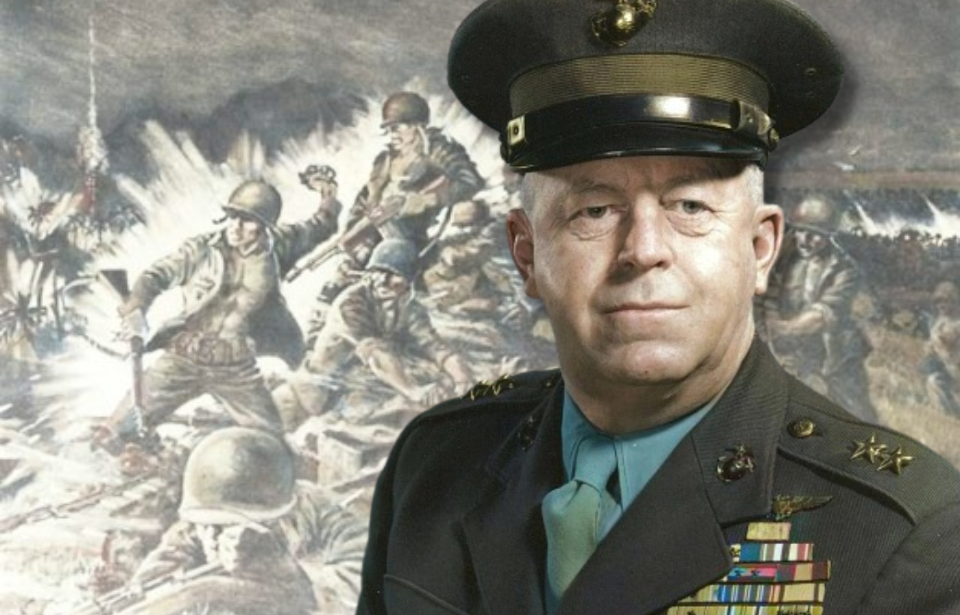After withstanding continuous assaults for over 24 hours, the 1st Marine Raider Battalion prepared for another night of relentless Japanese attacks. Facing 830 US Marines against an overwhelming force of over 2,500 enemy soldiers, the situation appeared grim. In this tense atmosphere, Col. Merritt Edson address his men.
“You men have done a great job, and I have just one more thing to ask of you,” Edson spoke to them. “Hold out just one more night. I know we’ve been without sleep a long time. But we expect another attack from them tonight and they may come through here. I have every reason to believe that we will have reliefs here for all of us in the morning.”
Merritt Edson’s entry into the US military
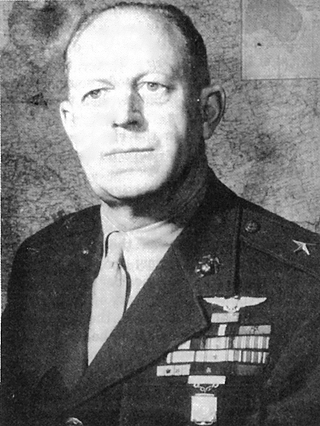
Merritt “Red Mike” Edson’s military path was a diverse odyssey that saw him rise from a private in the Vermont National Guard to the rank of major general in the US Marine Corps. Born in Vermont in 1897, he enlisted in the First Infantry Regiment of the National Guard in 1916.
After a hiatus, Edson resumed his college studies at the University of Vermont and joined the Marine Corps Reserve in October 1917, obtaining a commission as a second lieutenant. Although deployed to France with the 11th Marine Regiment, he didn’t see any combat during the First World War.
1st Marine Raider Battalion
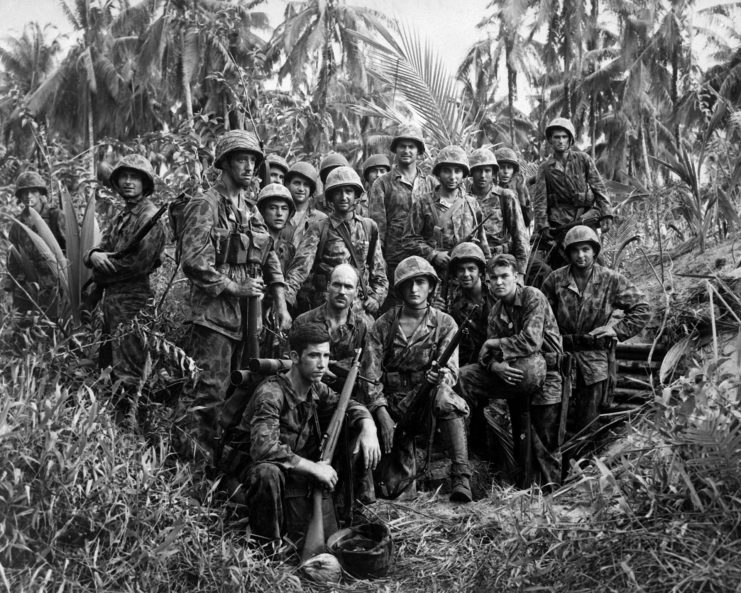
After World War I, Merritt Edson held various positions, eventually becoming interested in flight training. He earned his wings in 1922 and was stationed at the Marine Naval Air Station on Guam, where he conducted surveys of islands, some of which were later named after him. However, due to physical limitations, he had to end his flying career and return to ground duties.
In 1928 and ’29, Edson led a Marine detachment in Nicaragua, facing combat for the first time and receiving the Navy Cross for his leadership under enemy fire. Throughout the 1930s, he continued to serve with distinction and was promoted to the rank of colonel as World War II approached.
Given command of the 1st Battalion, 5th Marine Regiment, Edson played a crucial role in training and transforming them into the 1st Marine Raider Battalion in early 1942. While leading his men through various early engagements of the war, it was on a specific ridge on Guadalcanal that he solidified his place in US Marine Corps history.
Merritt Edson prepare’s his men for a fierce encounter
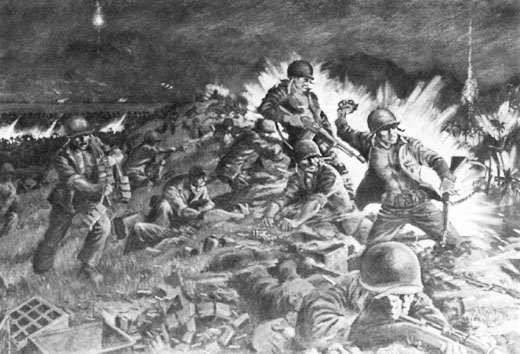
In August 1942, the American troops made a landing on Guadalcanal, swiftly seizing a Japanese airfield under construction, later known as Henderson Field. This made the enemy determined to reclaim it, setting the stage for a prolonged struggle in the ensuing months.
Amidst the battle, Merritt Edson’s 1st Marine Raider Battalion played a significant role. On the evening of September 12, they were ordered to move to a reserve position near Henderson Field, with the hope for some rest. But, their hopes for rest were abruptly disrupted by the sudden appearance of a Japanese assault, throwing the Marines back into a fight for their survival.
As enemy advances overran their lines, Edson ordered a tactical retreat and withdraw his men to a ridge line approximately 400 yards south. He rallied his troops and instructed them to ready for the impending defense. It was upon this ridge that Edson gave his Marines with the inspiration to last one final night, giving them invaluable time to mentally and physically prepare for the trials that loomed ahead.
Battle of Edson’s Ridge
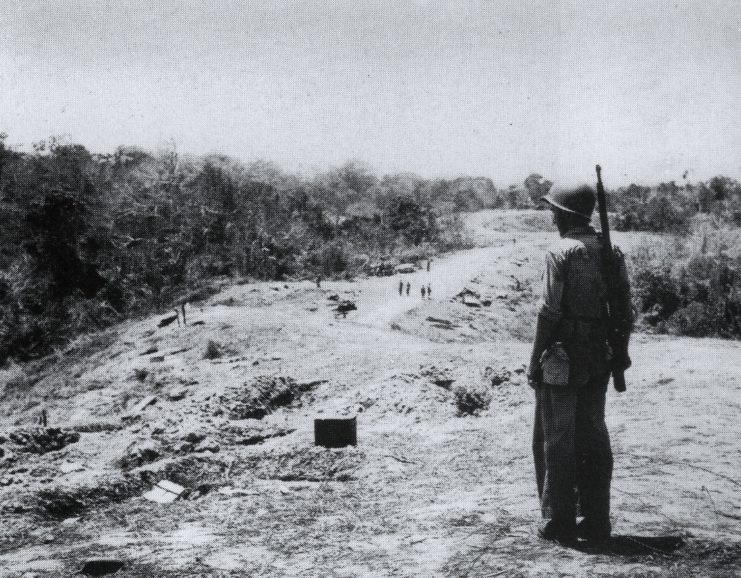
As anticipated, approximately 2,500 Japanese soldiers emerged from the jungle and launched a full-scale assault against the 830 Marines. The Japanese forces initially succeeded in overrunning some Marine positions, leaving their flanks perilously exposed. One officer later recounted, “The Japanese attack was almost constant, like a rain that subsides for a moment and then pours the harder… When one wave was mowed down – and I mean mowed down – another followed it into death.”
As parts of the 1st Marine Raider Battalion started to retreat, they encountered Merritt Edson, who always knew exactly what to say to motivate them to fortify their defenses around Hill 123. It’s said his men would follow him anywhere, with their only challenge being to keep pace with him.
The morning after the intense engagement
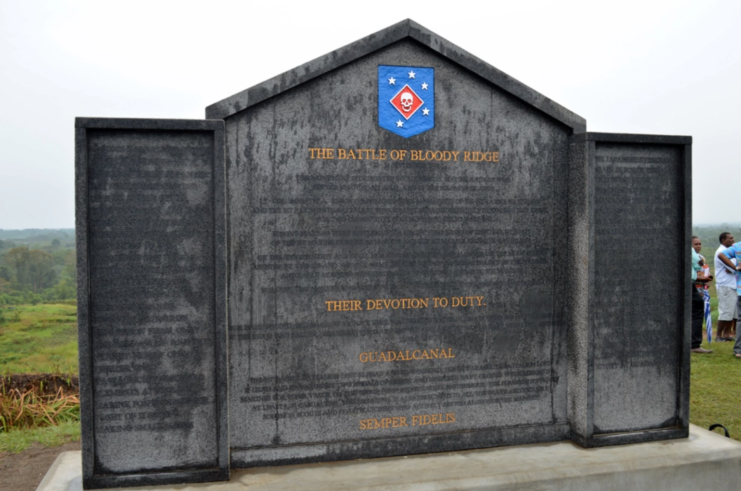
As dawn broke the following morning, Merritt Edson’s Marines remained in control of Hill 123, having successfully repelled the Japanese assault. While the world may know this location as “Bloody Ridge,” those who fought there will forever remember it as Edson’s Ridge, a testament to their commander’s unwavering determination to defend it at all costs.
In recognition of his valor and leadership amid constant enemy fire, Edson was awarded the Medal of Honor, having earned the admiration and respect of every man who witnessed his actions. Throughout the remainder of the Second World War, he continued to serve with distinction, eventually rising to the rank of brigadier general and receiving his first star. Retiring from the Marine Corps in 1947 as a major general, Edson continued to serve his nation in various civilian capacities.
More from us: Was Herbert Sobel Really As Horrible As ‘Band of Brothers’ Made Him Out to Be?
In recognition of his exemplary service and bravery, not only did Merritt Edson receive personal awards for gallantry, but the USS Edson (DD-946), a Forrest Sherman-class destroyer, was commissioned in his honor. Furthermore, a section of Camp Pendleton, where Marine recruits hone their marksmanship skills, was dedicated in his name.
